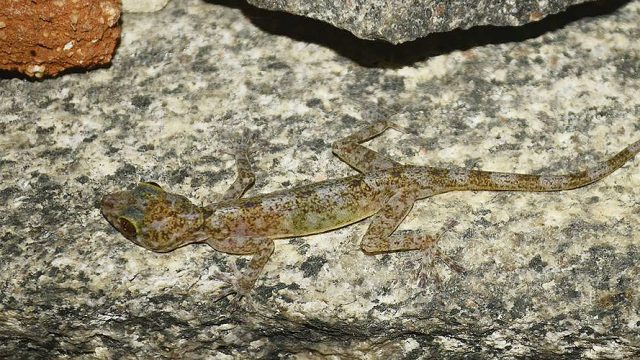It is that time of the year again when we start planning wildlife holidays. Obvious picks being the likes of Corbett, Kanha, Ranthambore, or Kaziranga. And why not?
But when we are speaking of wildlife in India, we can’t just limit ourselves to tigers, rhinos, wild asses, lions and more tigers. How about the rare and elusive sangai deer, golden gecko, the vulnerable Blythe’s Tragopan or the critically endangered pygmy hogs? The following list is on lesser-known parks and what makes them unique and why they should be explored.

Keibul Lamjao National Park, Manipur
The world’s only floating sanctuary is home to the very rare and endangered brow-antlered deer or sangai (endemic to Manipur). Keibul Lamjao National Park is unique as it comes and yet it is lesser-known. The park is located on the southern part of Loktak Lake, the largest freshwater lake in eastern India. Loktak Lake largely consists of floating biomass, locally known as phumdi. These phumdis constitute 3/4th of the total lake thus giving it the look of a floating national park. KLNP is also home to the rare marbled cat and Asian golden cat. The park and the phumdis are also great for birdwatching. You might also see raptors like black eagle and shaheen falcons, a few species of hornbills like the brownbacked, Rufus-necked, wreathed, pied and the great pied are found here. Sangais are very shy by nature but if you are lucky, they can be seen navigating the phumdis. Hog deers are now found only in the park.

Khonoma Nature Conservation and Tragopan Sanctuary, Nagaland
Located in Kohima district, KNCTS is an undisturbed forest reserve and a protected area rich in avifauna. This sanctuary is home to the vulnerable species Blythe’s Tragopan, the state bird of Nagaland. The dense virgin forest is the perfect destination for birdwatching. The immediate neighbouring villages of Khonoma and Dzuleke are a safe haven for birds such as Blythe’s Tragopan, Naga wren babbler, Assam laughing thrush, mountain bamboo patridge, crested finchbill and many more species. The forest in these areas are conserved and protected by locals themselves. Community conservation drive has been a major force behind protecting the sanctuary’s biodiversity.

Orang National Park, Assam
Also known as mini Kaziranga, Orang National Park shares similar features as the more popular Kaziranga National Park. It is located in between the two districts of Darrang and Sonitpur. The park attracts a lot of migratory birds, waterfowls and game birds, and is also home to the great Indian one-horned rhinoceros, Bengal tiger, elephants, wild buffaloes and the critically endangered pygmy hogs. Orang is the only other park in India where you can find the great Indian one-horned rhinoceros, all the more reason why this park needs to be in the big picture. (Note: there are less than 2000 of these rhinos in the wild out of which larger population is in Kaziranga and the remaining ones in Chitwan National Park in Nepal; however, Orang is the second home to this species of rhino in India)

Sri Venkateshwara National Park, Andhra Pradesh
This national park is better known for its many waterfalls. However, as lesser-known as it is, this park has rich avifauna. Birding enthusiasts will be happy to know that the globally threatened yellow-throated bulbuls, critically endangered Oriental white-backed vulture, grey-fronted green pigeon, are found in this park among many other species of birds. Leopard, sloth bear, hyena, small Indian civet, four-horned antelope, Indian giant squirrel and slender loris are some of the interesting species found in this park. The park’s densely forested valleys are also home to the gliding lizard and the Indian golden gecko.

Dachigam National Park, Jammu and Kashmir
Because of variation in altitude, this park has uneven regions ranging from grasslands to rocky outcrops. Due to this feature, Dachigam’s vegetation consists of alpine pastures, scrub vegetation and coniferous forest. A sub species of elk, Kashmir stag or hangul is found here along with other species like the Himalayan black bear, yellow-throated marten, long-tailed marmot, leopard cat, to name a few. Dachigam National Park is also a good place for birding with species like Himalayan monal, the near-threatened Himalayan vulture and bearded vulture, Himalayan rubythroat, among many others.

Gulf of Mannar Marine National Park, Tamil Nadu
This park, located in the districts of Ramanathapuram and Tuticorin, is a part of Gulf of Mannar Biosphere Reserve and consists of 21 small islands and coral reefs. The only way for public to get into the park is by glass-bottomed boats. The park’s main attractions, apart from marine herbivorous mammal, dugong, are coral reefs and marine animals. October to March is the best time to visit the park. The beautiful reefs are also known as ‘underwater tropical rainforest’.




